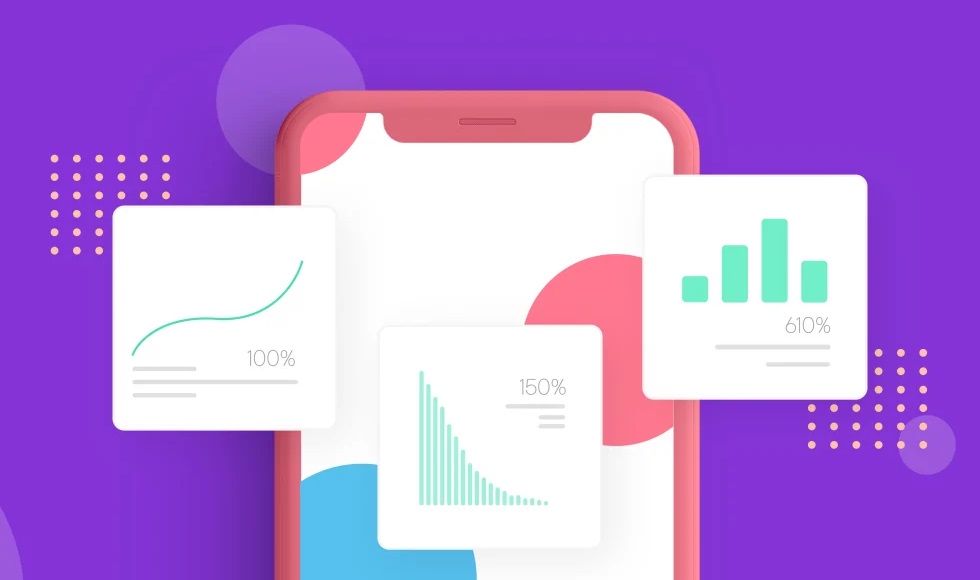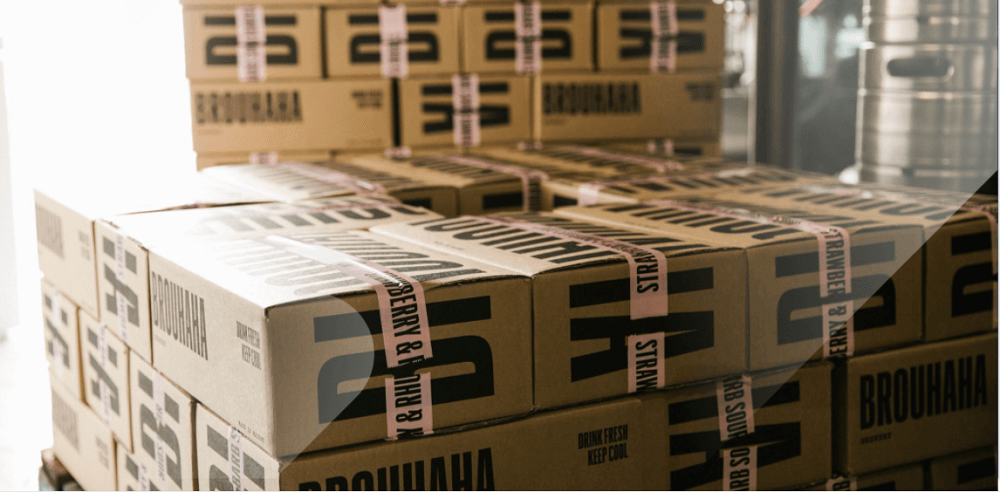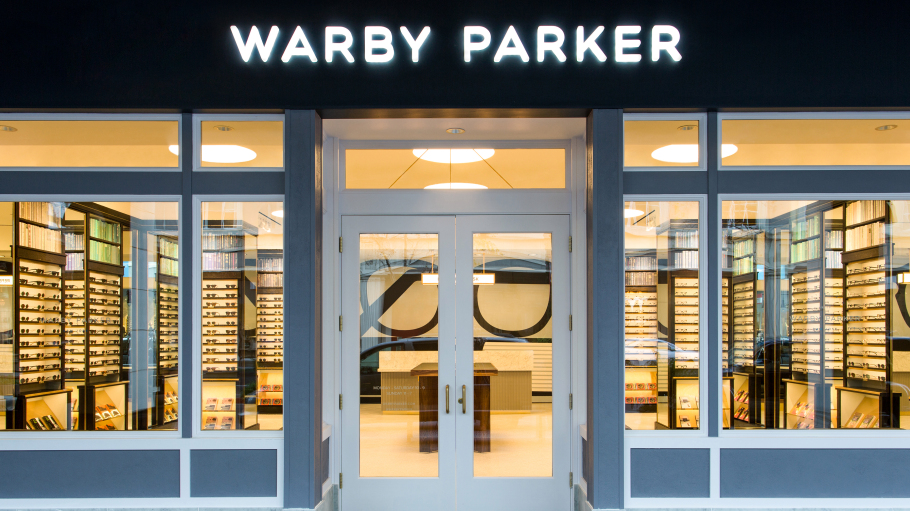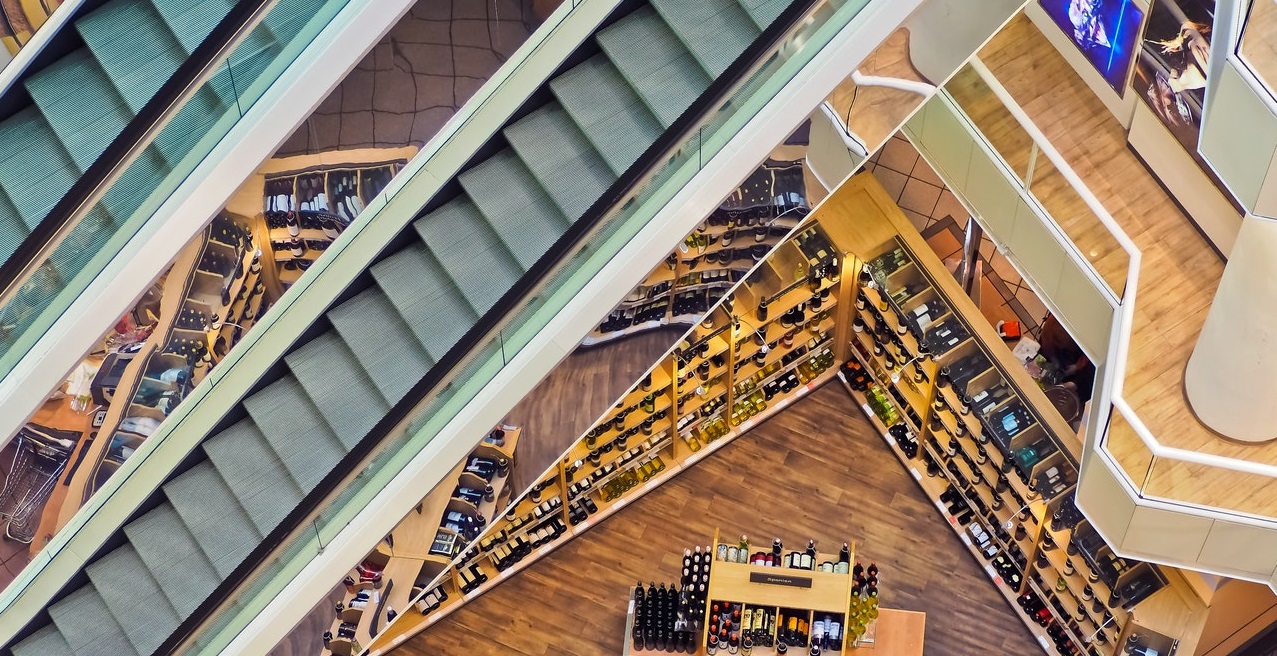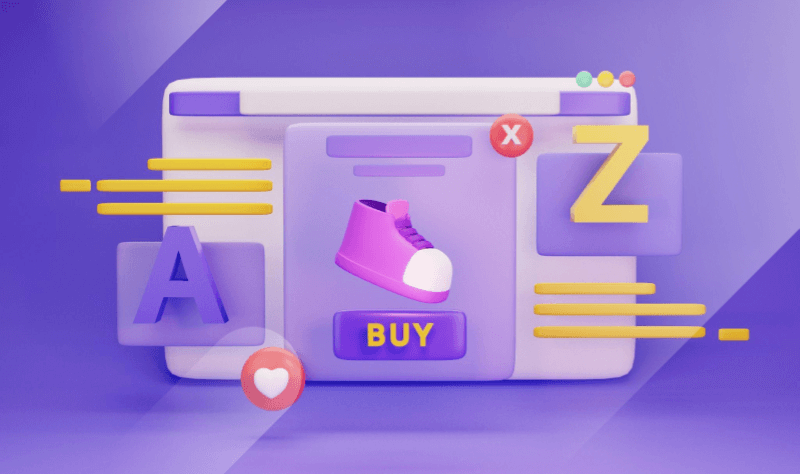Welcome to the September Apartment List National Rent Report. Our national index increased by 2.1 percent from July to August, a slight cool-down from 2.5 percent the month before, but nevertheless a continuation of rent growth that has persisted since the start of the year. Since January 2021, the national median rent has increased by a staggering 13.8 percent. To put that in context, rent growth from January to August averaged just 3.6 percent in the pre-pandemic years from 2017-2019.
With surging COVID-19 infection rates and most schools now back in session, it’s not surprising that U.S. hotel occupancy continued to dip in the latest week of reporting (15-21 August 2021). Occupancy, down to 63.7% in the most recent seven-day period, has fallen by two percentage points or more in each of the past three weeks. On a total-room-inventory basis (TRI), which accounts for temporarily closed hotels, weekly occupancy was 61.3%. While increased COVID-19 cases are likely affecting demand, most of the loss appears to be seasonal due to the return of in-person schools.
Your CEO says it’s too aggressive, the product manager says it’s too vague, the sales rep says it’s too long, and support? Well, they feel it doesn’t do much to answer the main questions customers usually ask. For digital researchers or market analysts, this scenario is all too familiar. You just can’t please everyone…or can you? With market segmentation, companies can optimize their digital strategies using an array of targeted messages and content specific to their audience, making sure that everyone, from C-levels to marketers, and customers included, are happy and on the same page.
Chewy is coming out of an exceptionally strong Q1 due in large part to the 2020 national trend towards pet adoption. With investor expectations high and very bullish management guidance in their last call, Chewy will need to deliver dazzling results to satisfy the market. Aggregate active customer growth is strong. However, Similarweb data suggests that the share of the all-important active customers versus non-Autoship customers (Chewy’s subscription program) is in clear decline.
Much like the timeless album cover of Dark Side of the Moon, the pandemic has been a prism for online retailers. It’s now July 2021, and a lot of us are locked up inside with nothing but Pink Floyd’s sampled sounds – like coins in a cash register at the start of Money – to remind us of the outside world. Online shopping has become the norm, and Australians are buying groceries, clothes, and recreational items with a click of their mouse or a swipe of their screen in never-before-seen numbers.
The healthcare industry remains in the spotlight, where it has been firmly planted since the pandemic began. Now with the rapid evolution of Delta and the new wave of cases that have come with it, we see story after story of continued pressure placed on the sector. Workers on the front lines are battling burnout during a wave of the pandemic that is, by and large,most gravely impacting the unvaccinated. Meanwhile, stories emerge almost daily about hospital systems in COVID hotspots on the brink of collapse.
Warby Parker is the latest direct-to-consumer company planning to go public. We reviewed statements made in the company’s S-1 and compared them with Earnest spend data, analyzing how Warby Parker has performed in the eyewear market among competitors like Lenscrafters, Sunglass Hut, and Zenni. We also looked at which eyewear companies have been most successful in retaining existing customers while attracting new buyers.
Investor activity in real estate markets during the COVID-19 pandemic has mirrored the market as a whole. Investor purchases reached their lowest point in May 2020 with a year-over-year decline of 36%. Since then, they’ve still only recovered with a year-over-year increase of 12% in December of last year. Given the all-encompassing nature of the COVID-19 recession, this should not be surprising. Even though investor purchases are up, their market share is down.
As retailers see increased traffic from shoppers returning to brick-and-mortar stores, department stores such as Macy’s are experiencing significant sales growth. In fact, Macy’s Inc.’s (NYSE: M) most recent earnings report outperformed investors’ expectations. Consumer transaction data identified growth in retail channel sales and spend migration from competitors as factors potentially driving Macy’s earnings surprise.
U.S. commercial real estate sales climbed in July and the rate of price growth accelerated as most but not all property sectors advanced past the pandemic recovery phase. Deal volume for the month rose 74% from a year ago and was above the average pace set across each July since 2005. The apartment sector was the lead destination for capital in July, constituting 35% of total commercial real estate investment, the latest edition of _US Capital Trends_ shows.
The pharma and healthcare market is making moves to claim its space in the digital arena. By the end of 2021, industry ad spend is expected to surpass $11 billion, a 32% increase in just two years. Pharma and healthcare's gradual expansion into the digital space is primarily being driven by the COVID-19 pandemic, as consumers spend more time online instead of being exposed to traditional, static advertising.
Amidst the shortages in toilet paper and hand sanitizer last year, out of stocks at animal shelters were perhaps one of the more curious side effects of the COVID-19 pandemic. But how different is this new breed of pet owners from previous cohorts? In today’s Insight Flash, we dig into trends for new shopper adoption, demographics of those new shoppers, and whether the new cohort of pet owners is more or less attractive for the industry based on average spend.
As the pandemic’s retail impact was initially being felt, there were some retailers and segments that were better positioned than others, and some that actually looked better positioned than ever. Home Improvement leaders not only saw the benefit of strong alignment with key trends, but essential retail status early in the pandemic provided a unique opportunity for exceptional growth. Grocery and off-price retail were well-positioned sectors that managed to take full advantage of this opportunity.
Snapchat is uniquely set up to enable people to connect in fun and meaningful ways. And this has benefited the social media company greatly during the pandemic. The number of daily active users on the platform is up about 23% from last year and engagement is high. Last year we tracked how the company responded to the coronavirus crisis. This serves as a check-in to see which advertisers are increasing their spend most on the platform, and which have dropped their spend.
Consumer confidence has risen to its highest levels since the onset of the pandemic. But while many consumers are planning to buy homes, cars, and major appliances, there are still about 2 million homeowners behind on their mortgage payments and/or in forbearance programs. Fortunately, a multitude of loss mitigation waterfalls, many forbearance safeguards and an abundance of home equity have given those borrowers an opportunity to keep their homes when the foreclosure crisis finally sunsets.
Many compete to make it into the upper echelon of management. But the paths to leadership can be unclear. Based on an analysis of hundreds of millions of careers, we can see which jobs are most likely to be promoted into senior management. Roles in Marketing, Legal and Investment Management used to have the highest chances of promotion into senior management.
If the chicken wars of summer 2019 taught us anything, it’s that a healthy chicken sandwich obsession is warranted. The rise experienced by Popeyes was so significant that it catapulted the chain into visit levels that reset the standard for the brand. So, using the launch of Popeyes’s new chicken nugget offering as an excuse, we dove back into the data from some of the chicken wars’ primary protagonists.
For a while I imagine many of us assumed this would be so: The more people were vaccinated the more we’d be able to fly where we want. However, the data seems to show that it isn’t quite that simple. At OAG we’ve been looking at the correlation between vaccination rates by country and international air capacity for each country relative to where capacity was two years ago. What we see is that vaccination rates in and of themselves are not a guide to how easy international air travel is.
Walmart and Amazon, the largest retailers in the world, brought in nearly $1 trillion combined revenue last year. Though Walmart’s $559 billion edged out Amazon’s $386 billion, the retailers are neck-and-neck. Who will win in the battle of Amazon vs. Walmart? To analyze this nail-biting race and determine which retailer may be the best fit for your brand, we’ll dig into the history, strategies, and digital performance of Amazon and Walmart, pulling in insights from Research Intelligence, one of our eCommerce tools for online sellers and brands. Let’s see how the battle plays out.
Australia’s industrial sector is going through an extended purple patch, so it comes as little surprise that yields are trending down across all price brackets. Still, the more significant industrial deals have seen yields compress more so than the smaller end of the market, as investors appear willing to splash out to secure a premium offering. Yields on transactions in excess of A$100 million are now trading at an average of 4.8%, down from 6.3% just two years ago.












































